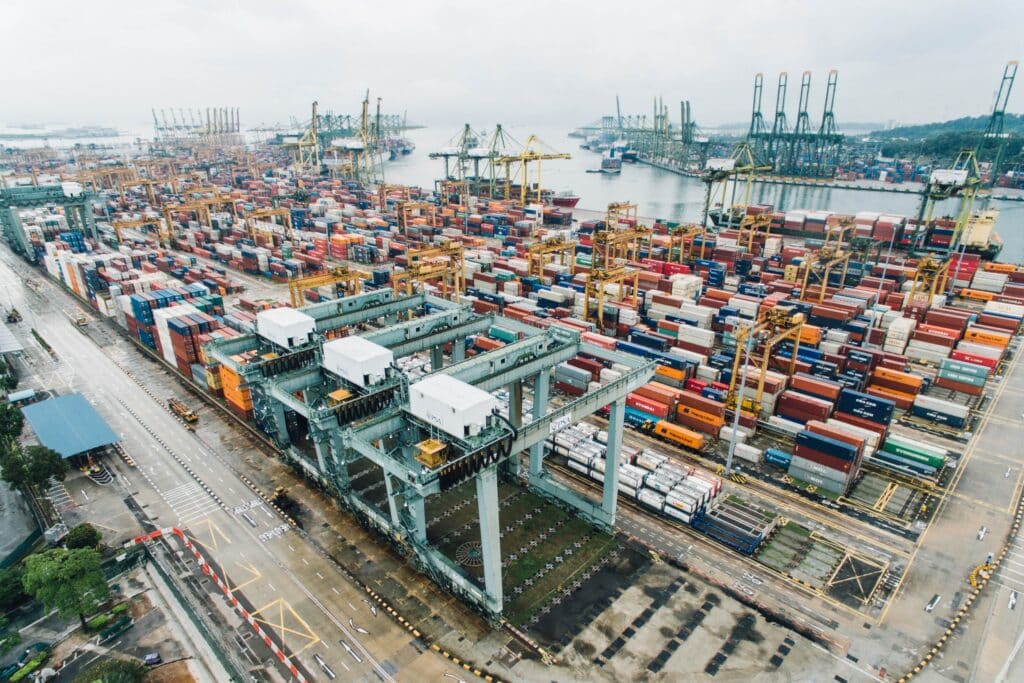What is a transport corridor and what are its advantages?
A transport corridor refers to a designated route(s) or pathway(s) that facilitates the movement of cargo, people and services between different regions or countries. It typically involves a combination of various transportation modes, such as roads, railways, airports, seaports and inland waterways, to ensure efficient and seamless connectivity and processes.
Advantages of transport corridors:
- Connectivity Transport corridors improve connectivity between regions and countries, enabling easier, seamless movement of goods, people, and services. This helps overcome geographical barriers and improve access to markets, resources and economic opportunities.
- Trade Transport corridors promote international trade by providing efficient transportation routes for the movement of goods. This reduces transportation costs, transit times, and administrative burdens, thereby facilitating cross-border trade. This increases trade for buyers and sellers, increasing revenue for businesses and tax revenue for governments. This is part of economic growth.
- Economic Development Transport corridors contribute to economic development by fostering regional integration, attracting investments, and stimulating trade and commerce. They create opportunities for industries, businesses, and employment along the corridor, leading to economic growth and job creation.
- Regional Cooperation The development of transport corridors often involves collaboration between multiple countries and regions. This fosters regional cooperation and strengthens diplomatic and economic ties among nations, promoting stability and peace.
- Infrastructure Transport corridors require the development and modernisation of transportation infrastructure, including roads, railways, ports and airports. This infrastructure development not only supports the corridor itself but also benefits the overall transportation network of the region, enhancing connectivity and accessibility for the entire region. This will increase the international standards of existing infrastructure, making international business easier.
- Social Transport corridors can have positive social impacts, including improved access to healthcare, education, and other essential services for communities located along the corridor. They also facilitate the movement of people, promoting tourism and cultural exchange.
- The Environment Well-planned transport corridors can incorporate sustainable and environmentally friendly transportation practices, such as efficient logistics, reduced emissions, and alternative energy sources. This contributes to environmental conservation and addresses climate change concerns.
Examples of transport corridors affecting Europe are:
The Trans-Caspian International Transport Route (TITR, Middle Corridor)
International North-South Transport Corridor (INSTC)

